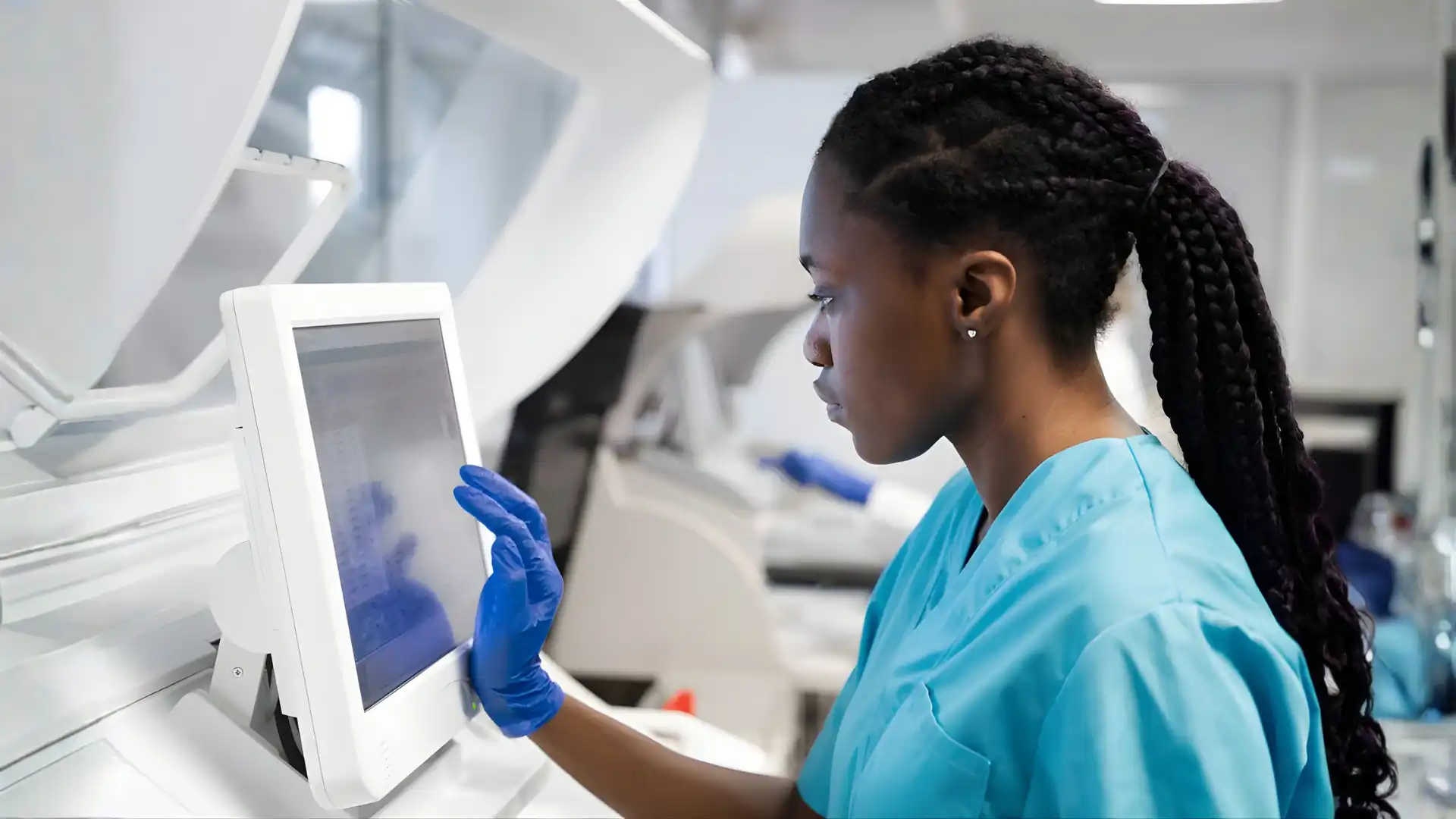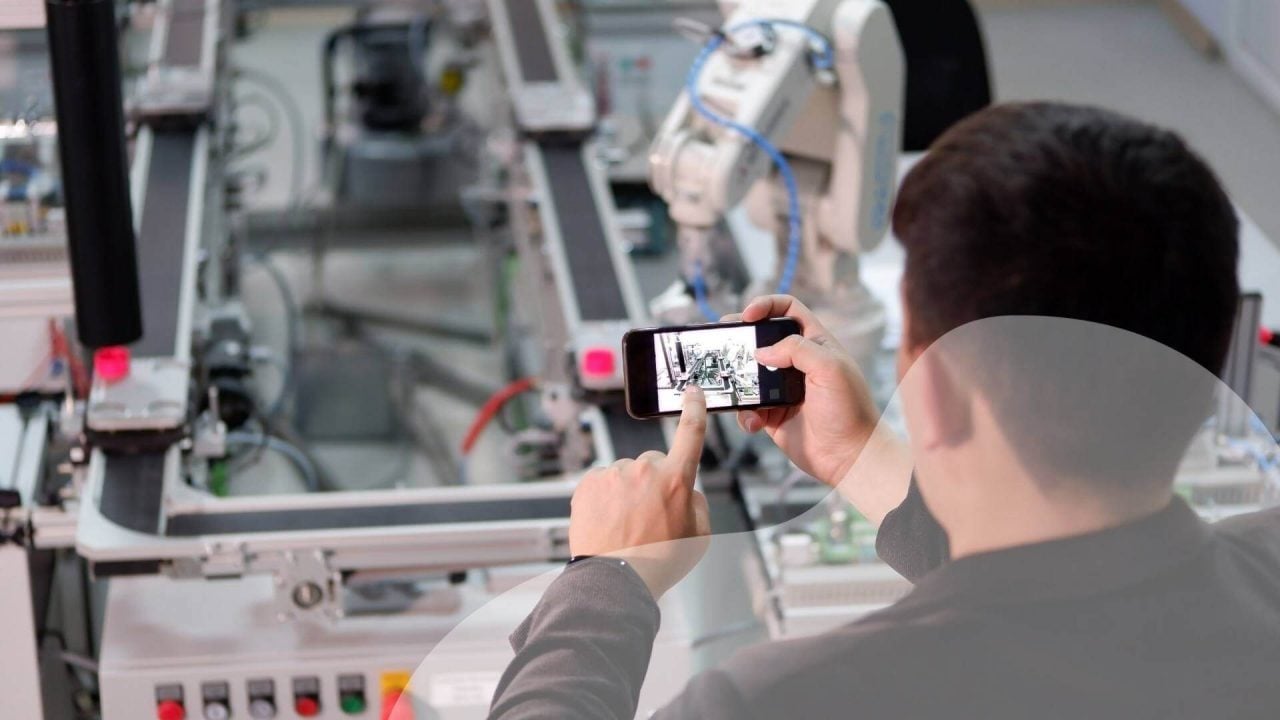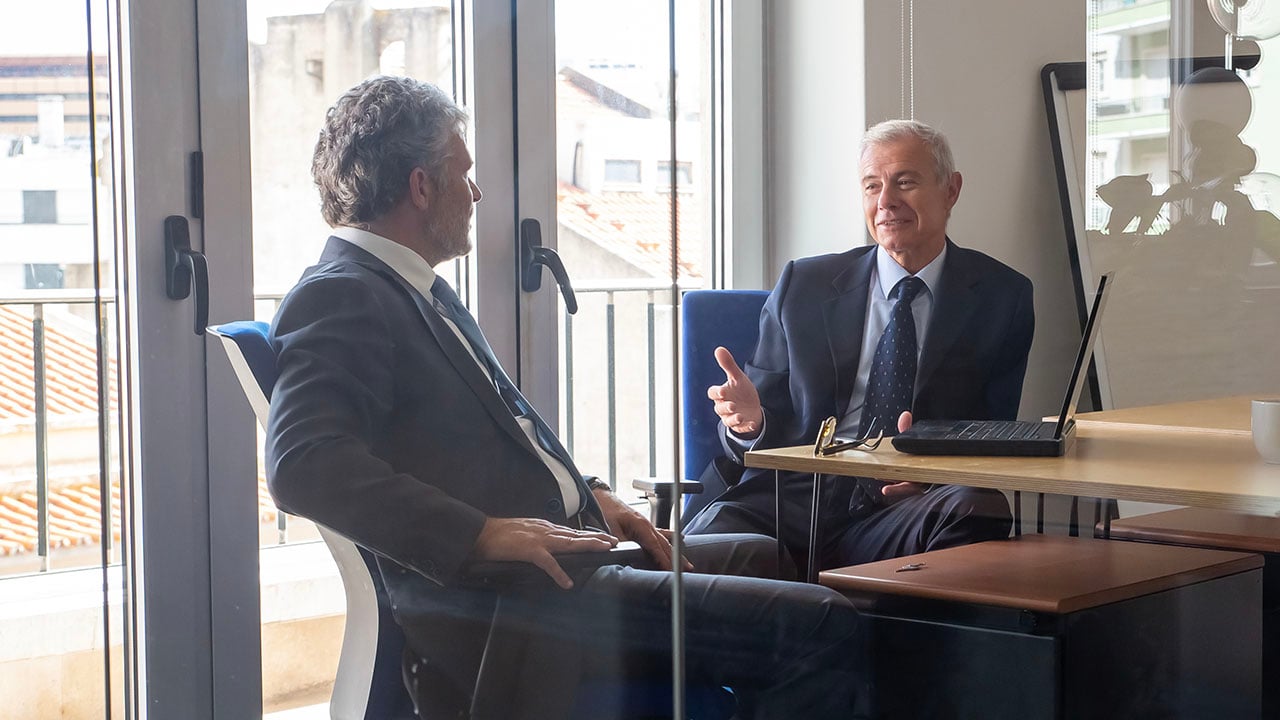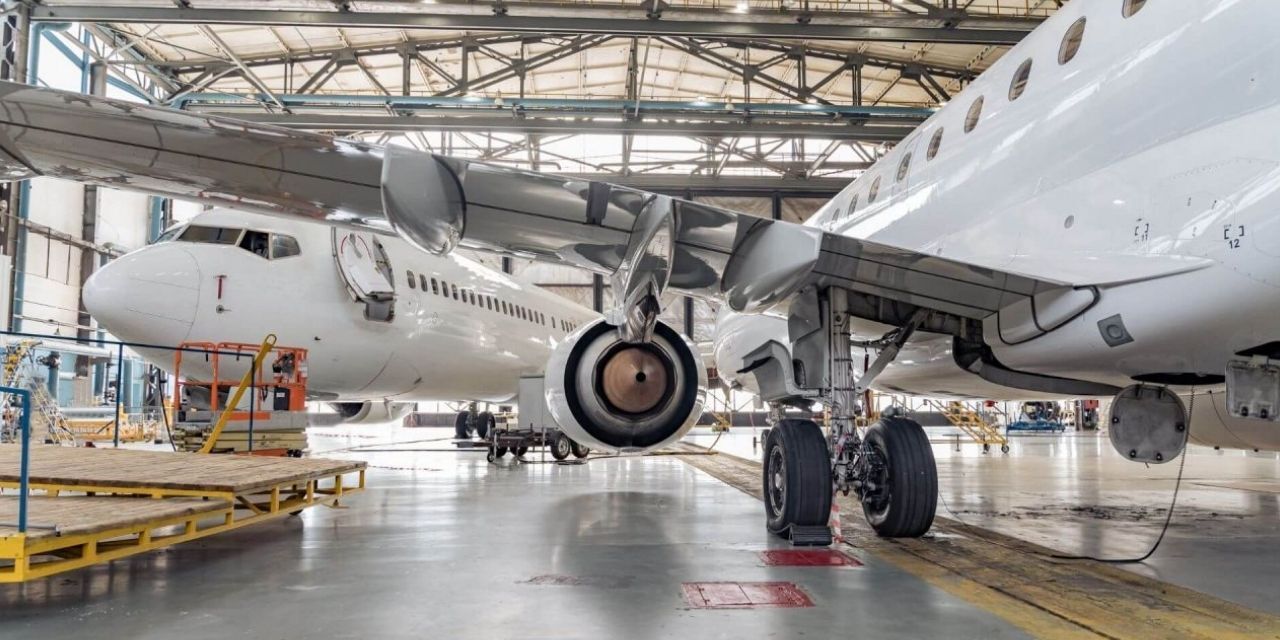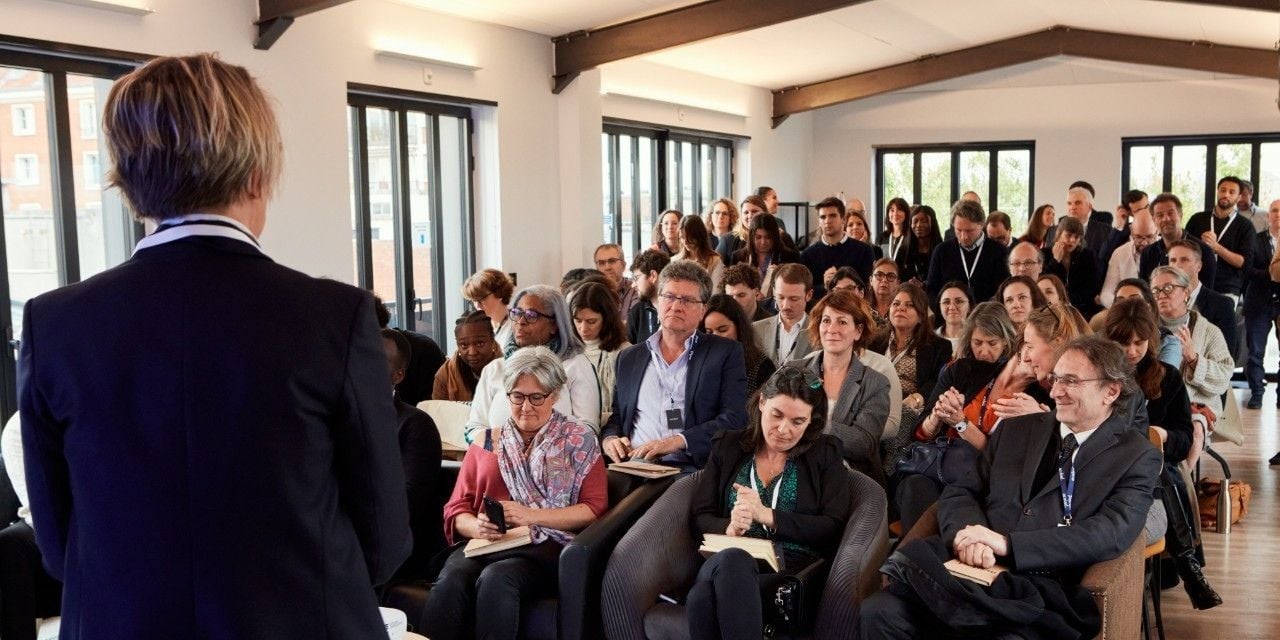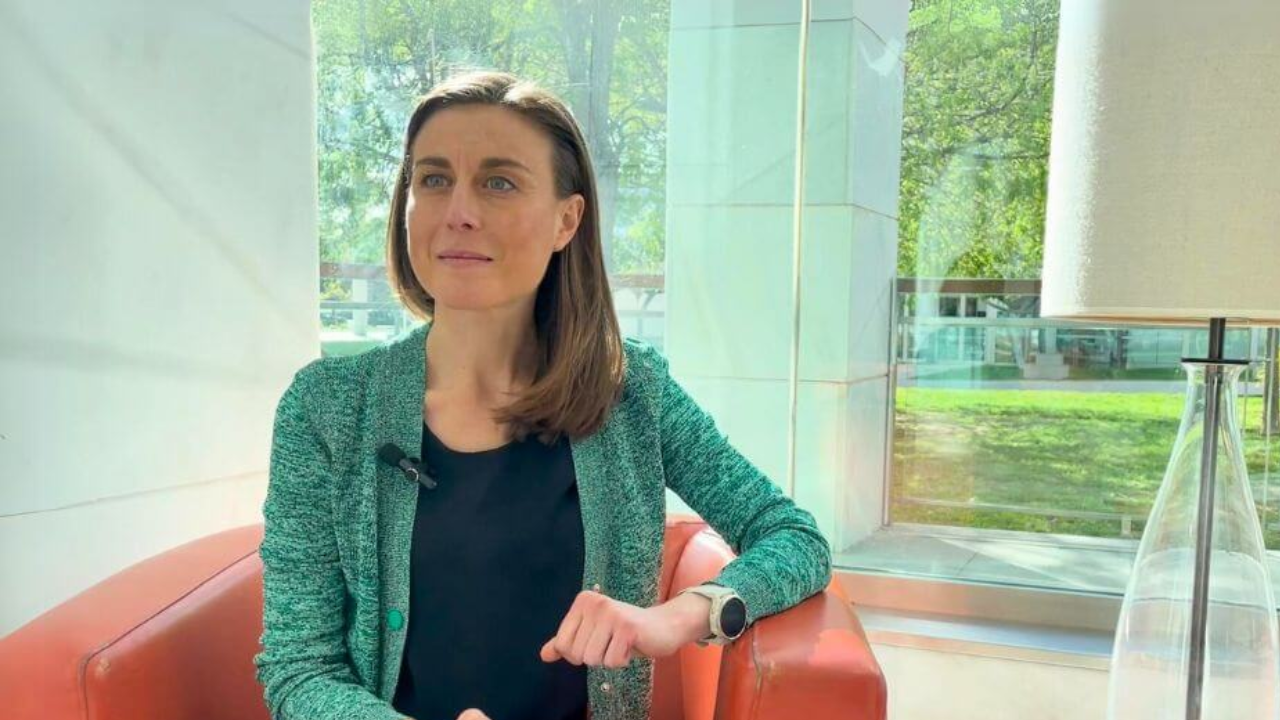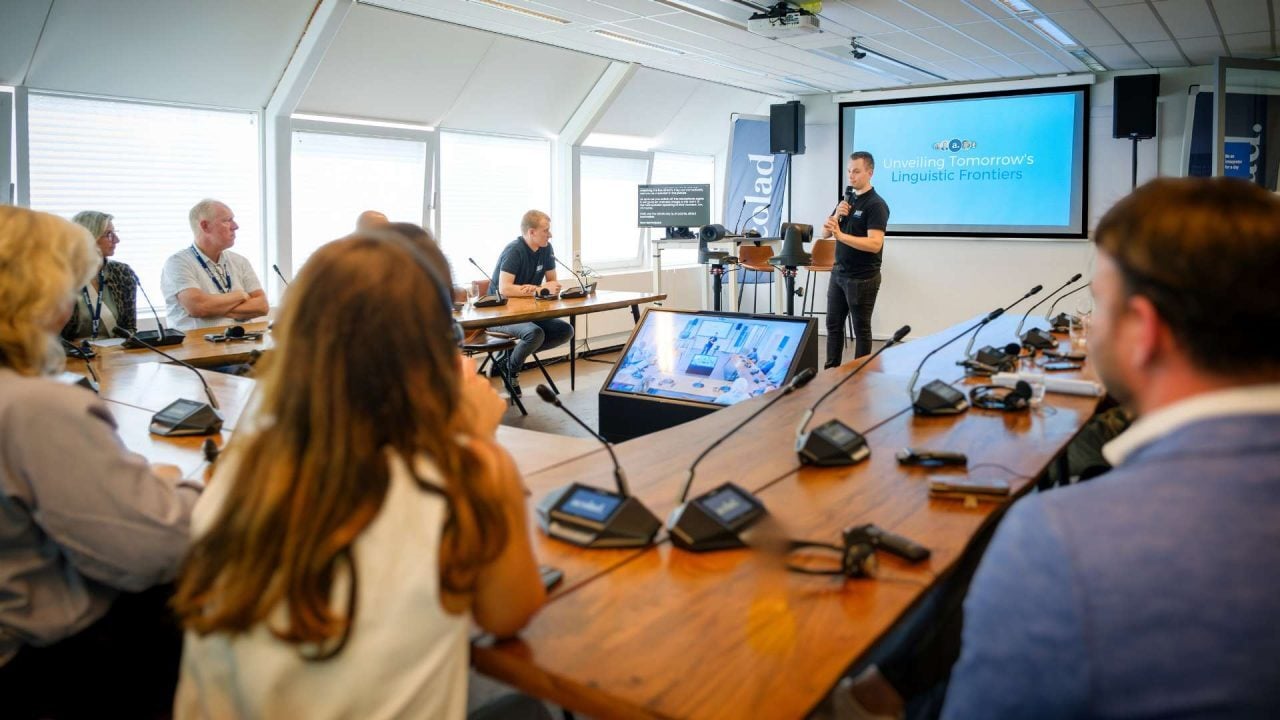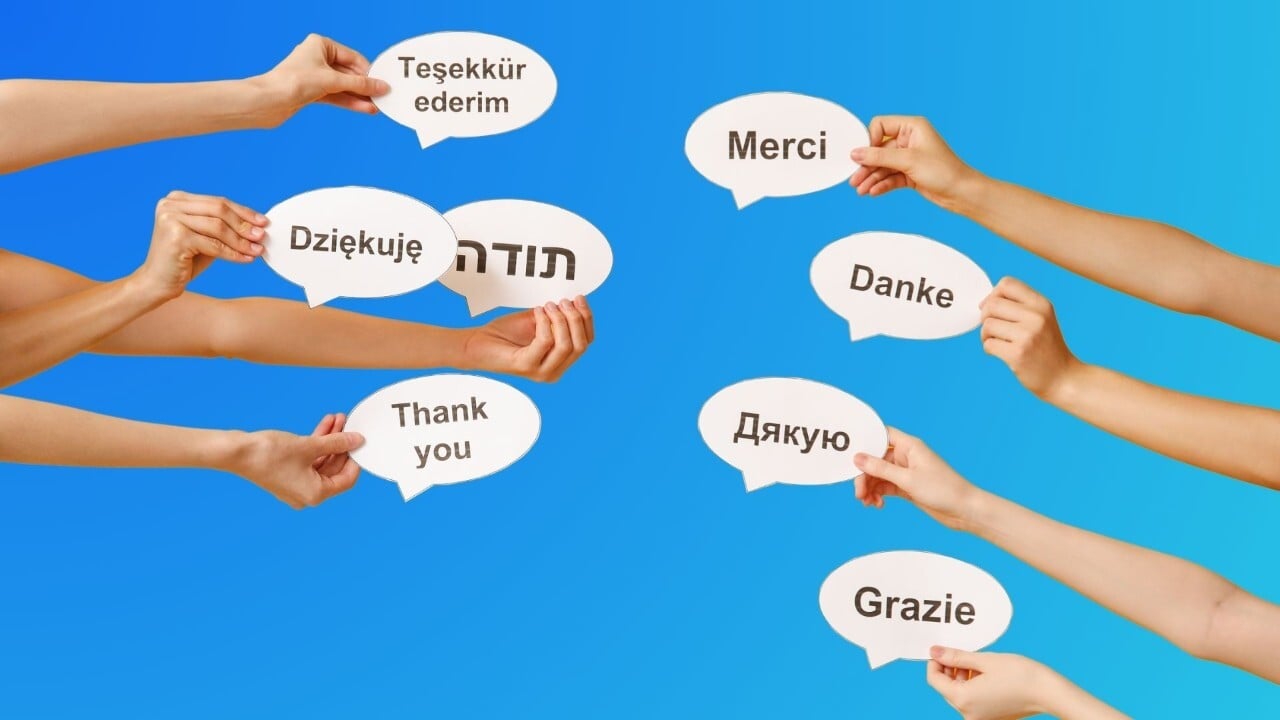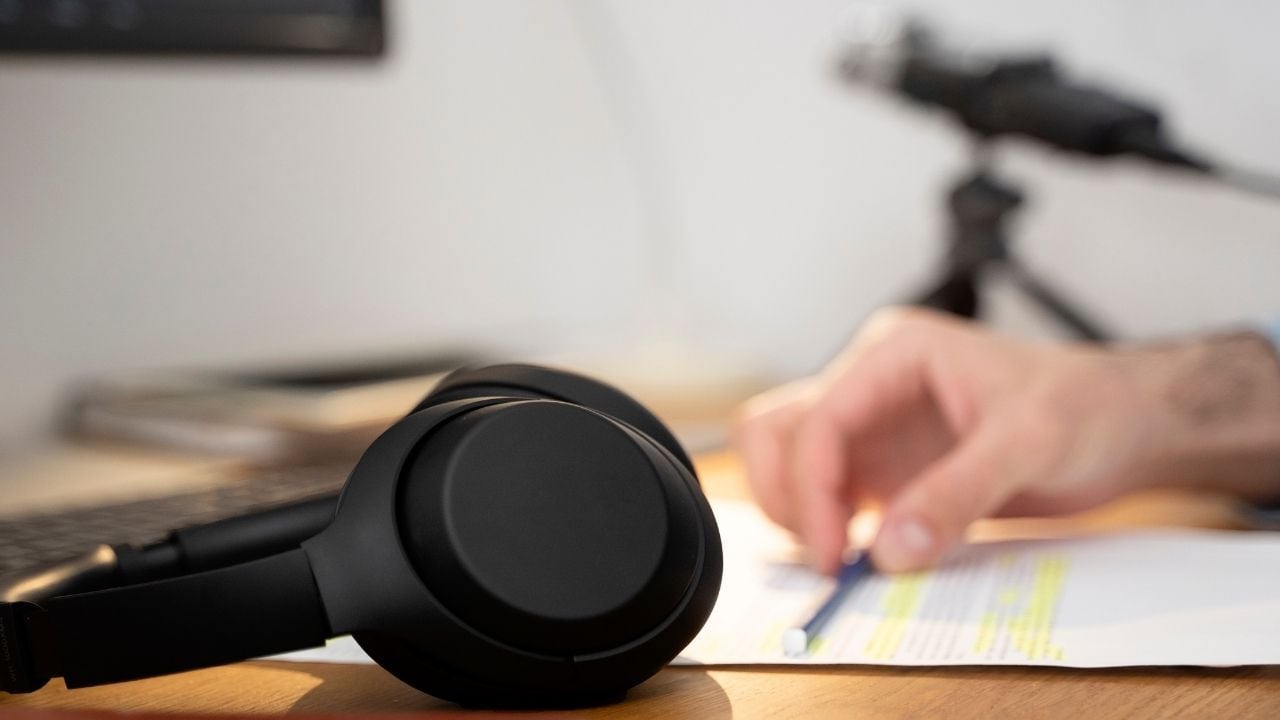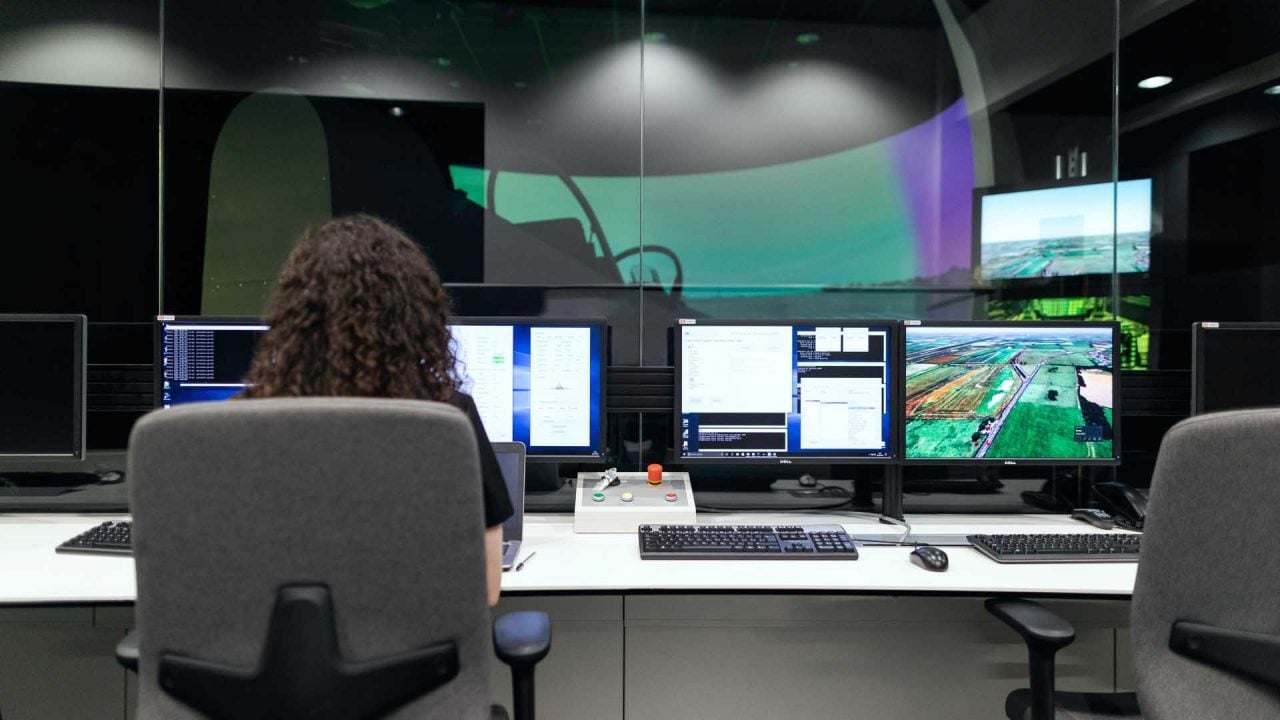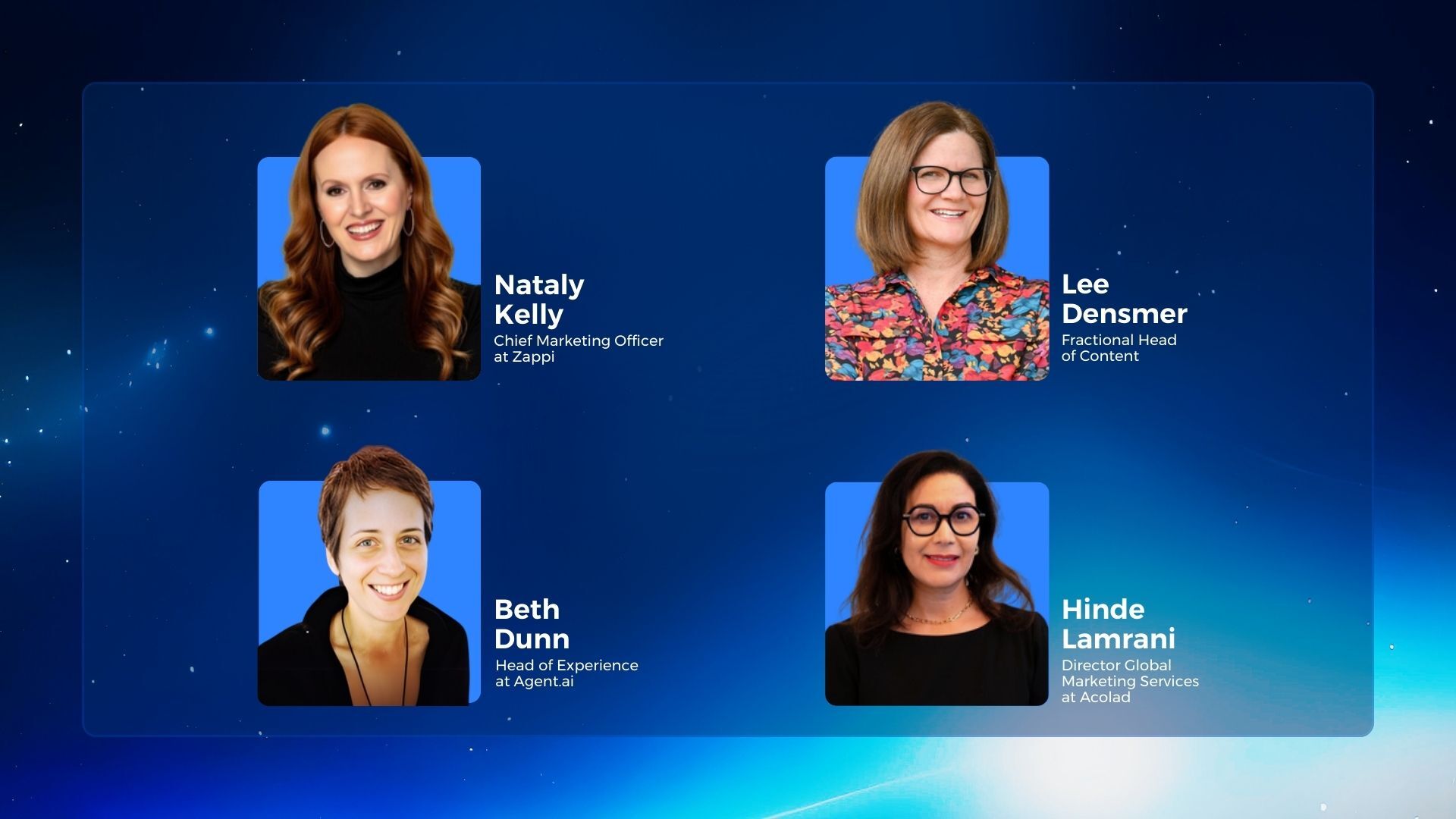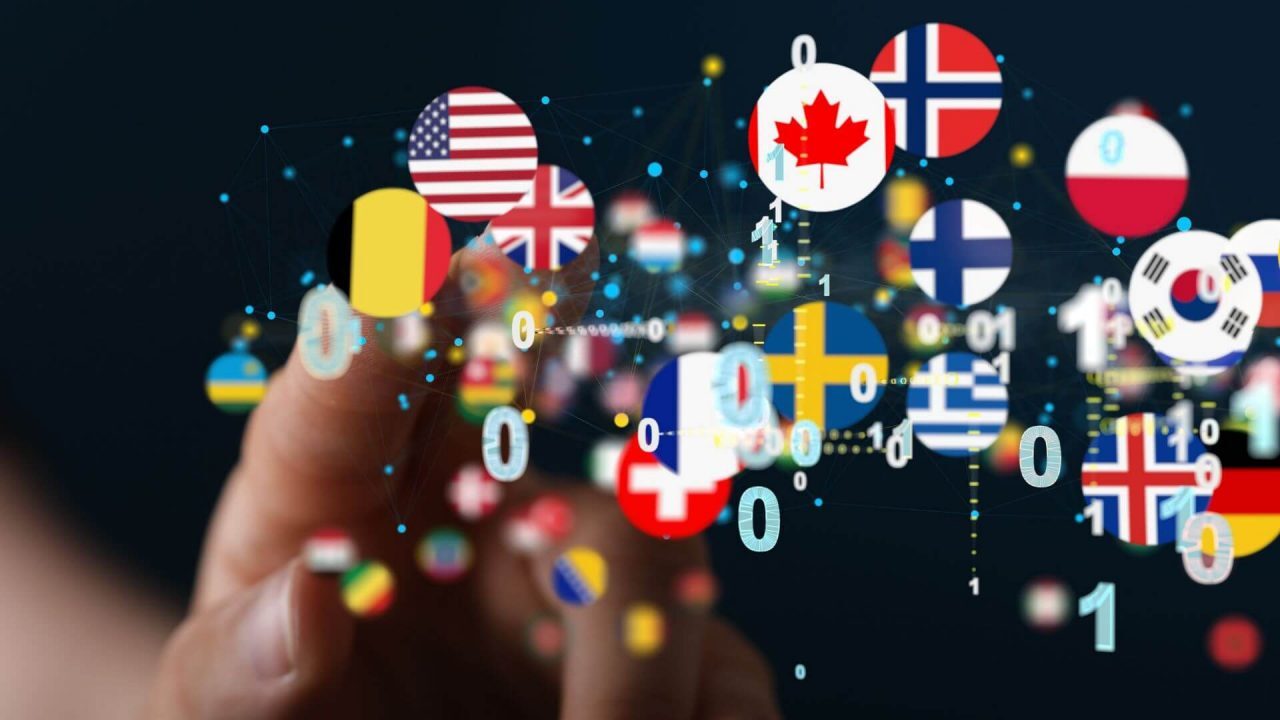160
Countries Worldwide
Terminology and Translation: The Revenue of Change
Discover how Tetra Pak saved more than 50% on translation costs, and cut the delivery time by half – while achieving better content consistency across languages.
At a Glance
Tetra Pak, the world's leader in food processing and packaging solutions
“Protect what’s good” – that’s Tetra Pak’s motto. The global manufacturer provides complete systems for processing, packaging and distribution. Selling worldwide to more than 160 countries, with over 11 billion euros in sales over the year 2021 alone, proves how successfully they keep their promise.
+11b €
Yearly Revenue
The Challenge
Tetra Pak’s translation and localization needs seem to be obvious, with a client base in 160 countries – but the devil is always in unexpected details. In client-facing manuals with more than 1.000 pages, for example.
When Sweden joined the European Union in 1993, Tetra Pak’s translation and localization needs really took off, as legal requirements created the necessity to translate their technical documents to EU languages.
Technical communication can be very detailed and calls for 100% precision, with a terminology that is absolutely consistent and unambiguous. Therefore, established processes, with each Language Service Provider (LSP) handling their own translation memories and termbases for Tetra Pak, were not feasible anymore – neither in terms of cost, nor in turnaround times.
"I want to underline that we chose Acolad to take over our complete terminology translation– for more than 30 languages – because we already knew them as a preferred vendor with top skills and tools."
Lars-Göran Nilsson
Engineering Capability Expert, Tetra Pak
The Solution
- One central Tetra Pak terminology glossary and translation memory (TM), used by all vendors
- One central terminology translation provider for consistency
- Switch to xml files to keep the source file’s formatting throughout translations
Tetra Pak needed a translation management system (TMS) that allowed them to manage their translations for technical documents a lot more economically, efficiently, easier and faster. One system for all translations and all vendors, at least at business unit level. The formatting should be taken over from the source file to the translated and localized file automatically.
This meant a move away from Framemaker files being sent by Tetra Pak to the different vendors, to then receive new files with the translations – quite a cumbersome procedure that often made reformatting necessary. Instead, files are being exchanged in xml now, so that Tetra Pak’s original formatting is automatically taken over for the translations.
One single source of truth – across 30+ languages
As a main requirement for reliable translation quality, even more so in technical documentation, Tetra Pak had identified a consistent, well-managed, always up-to-date terminology base, explains Lars-Göran Nilsson, Engineering Capability Expert, responsible for Tetra Pak’s technical communication enablement. He has been driving the change from the beginning.
The company needed a term base as one reliable source of truth over which they can have full control – meanwhile being provided to them by Fodina, the Swedish experts in terminology handling.
For the next step, to keep that consistency, the aim was to find one central language and content partner to take over the complete terminology translation, binding even for other vendors.
One terminology base as a single source of truth for each language can only unfold its full potential if the translation memory is being handled as consistently across vendors. Thus, Tetra Pak opted for one proprietary translation memory (TM) as the central reference to be used by all translation providers – who can access Tetra Pak’s system via VID (Virtual Desktop Infrastructure). ”We chose you at Acolad as our partner when we put that in place,“ remembers Lars-Göran.
The Result
Tetra Pak’s main expectation at the time was to save big. In money, in time – and in workload and procedures. Which again helps to save more time and money… So they didn’t hold back on ambitions and defined a 50% cut within five years as their goal for both, spending and turnaround time.
“That was the goal. But when we checked after two years, we had already managed to reduce the costs by more than that. After about 2 years...” Lars-Göran reveals. And the delivery times? “The goal was also 50% in five years. And we managed that, as well. In an even shorter time frame,” he continues, underlining also the impact of the change from unstructured Framemaker files to the xml format: “You don’t need to spend so much time on layout, converting, creating pdfs and so on!”
"We had a goal when we went live that we should try to reduce the translation cost by 50% within five years. That was the goal. But when we checked after two years, we had already managed to reduce the costs by more than that. After about 2 years!"
Lars-Göran Nilsson
Engineering Capability Expert, Tetra Pak
But the benefits don’t stop there: The central TMS provides Tetra Pak with a full overview of all vendors and individual conditions at a glance.
Above all, consistency of translations is now a given, with one centralized translation memory and stable terminology management: the English term base handled by Fodina, and all terminology translations handled by Acolad – for all vendors and for all languages in use, which are currently more than 30.
“Terminology is really the key here,” Lars-Göran points out – as the resulting rise in consistency also means a rise in reusability, again reducing effort, turnaround times and costs. And, most importantly for the end users, it brings the clarity which is crucial for any manual, with the same phrases reliably used for the same user interaction described.
50% savings
2x Faster
+30
Consistent experience
The Future
The achievements are huge, but Tetra Pak doesn’t stop there; as technology is ever evolving, they’re already working on a wishlist for the future: “The new solutions will be in the cloud. And of course, machine translation is another part we’re looking into! We have started this discussion already,” Lars-Göran explains – thus defining a list of what to look for in a global language and content partner:
- Strength in terminology
- Excellent test translations
- Stability, also financially
- A good reputation for quality
- State-of-the-art, scalable technology, cloud-readiness
- Intelligent machine translation integration and post-editing
- Ability to give unbiased advice, independent from own platform preferences
Want to see the possible revenue of change for your terminology and translation projects?
Connect with our team today





